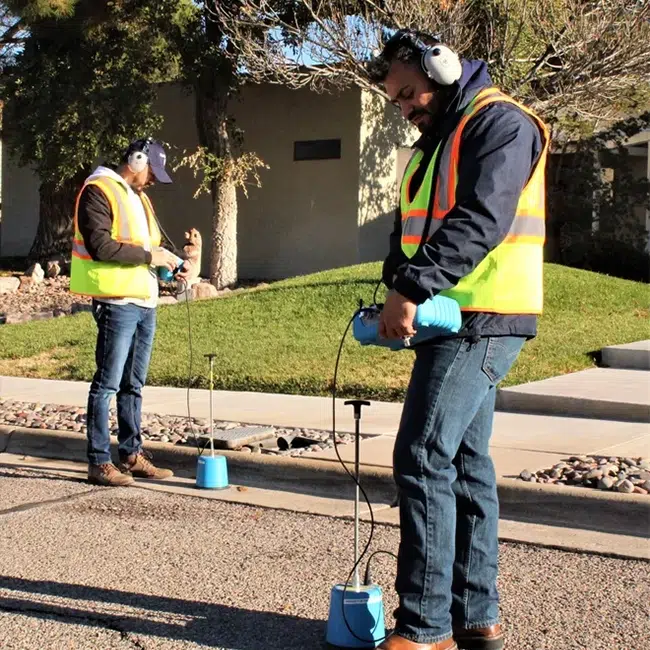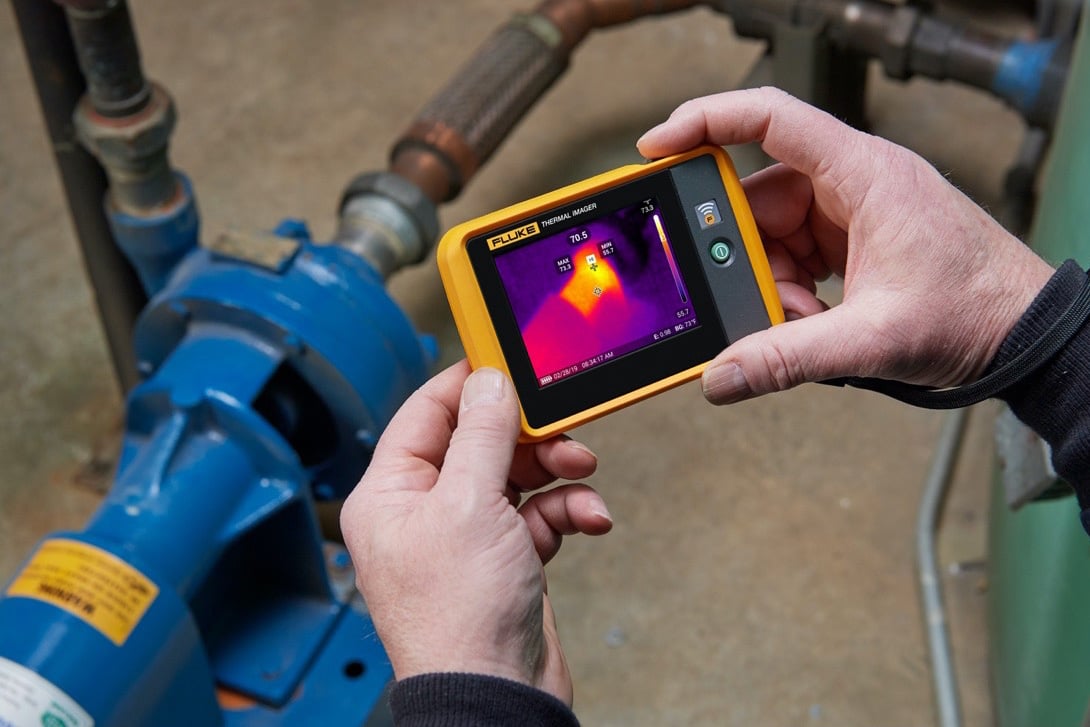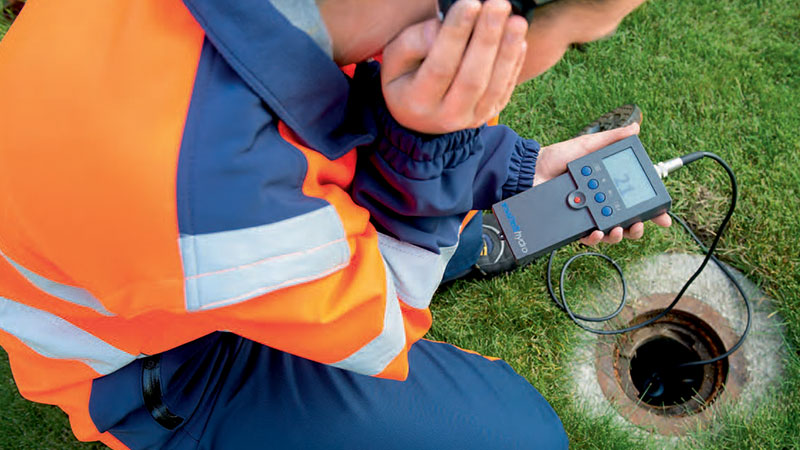Water Leak Detection: Exactly How to Identify and Take Care Of Leaks Before They Trigger Damages
Water Leak Detection: Exactly How to Identify and Take Care Of Leaks Before They Trigger Damages
Blog Article
Cutting-edge Solutions for Very Early Discovery of Water Leaks in Structures and Framework
As the honesty of buildings and facilities is extremely important, the obstacle of very early discovery of water leaks has stimulated cutting-edge options that guarantee to transform the method we protect against potential problems. From innovative leak detection modern technologies to the deployment of IoT sensors for real-time tracking, the landscape of leakage avoidance is developing rapidly. Artificial intelligence formulas supply a peek into the future of leakage prediction, while thermal imaging offers a non-intrusive approach for determining concealed leaks. Automated water circulation evaluation systems are improving how leaks are identified and attended to, leading the way for an aggressive strategy to water leakage discovery. Each of these solutions holds the vital to guaranteeing the integrity and durability of our constructed environment, motivating a change in the direction of a more lasting and effective future.
Advanced Leakage Detection Technologies
Advanced leak discovery modern technologies, furnished with sophisticated sensors and formulas, play a vital role in promptly identifying and pinpointing water leaks in numerous settings. These innovations use a combination of acoustic, thermal, and electro-magnetic sensing techniques to discover leakages accurately. Acoustic sensing units spot the noise of running away water, enabling exact localization of the leakage source. Thermal imaging identifies temperature level adjustments triggered by water leak, supplying another efficient method for leakage identification. Electromagnetic sensors can recognize changes in magnetic fields brought on by water, providing yet another layer of leak detection capacity.

IoT Sensors for Real-Time Tracking
In the world of modern-day water leakage discovery, the combination of IoT sensing units for real-time tracking represents a pivotal innovation in enhancing aggressive leak detection capacities. These sensors supply constant surveillance of water systems, supplying real-time data on water circulation prices, stress variants, and temperature adjustments. By leveraging IoT technology, these sensing units can find also the smallest anomalies in water usage patterns, making it possible for early identification of prospective leakages prior to they intensify into significant problems.
IoT sensors transfer information to a central platform, where innovative algorithms analyze the information and create signals or alerts when abnormalities are spotted. This real-time surveillance capability enables residential or commercial property owners or center supervisors to quickly resolve leakages, decreasing water damage, decreasing repair work costs, and saving water resources.
In addition, IoT sensing units can be integrated with building management systems, enabling automatic reactions to spotted leaks, such as turning off water shutoffs or turning on pumps to mitigate the effect of leakages. In general, the application of IoT sensors for real-time tracking considerably boosts the efficiency and effectiveness of water leakage discovery in buildings and framework.
Artificial Intelligence Algorithms for Leakage Prediction

One trick benefit of utilizing maker knowing for leak prediction is its capacity to continually find out and boost its accuracy with time. As even more data is accumulated and fed right into the algorithm, it can improve its forecasts and adjust to altering conditions, eventually raising the reliability of leak discovery systems.
Furthermore, machine discovering formulas can assist in recognizing subtle indicators of leakages that may go undetected by standard tracking techniques. water leak detection. By evaluating complicated information embed in real-time, these algorithms can supply early warnings and alerts, permitting for prompt intervention and precautionary maintenance to mitigate prospective water damage and linked expenses
Making Use Of Thermal Imaging for Leak Discovery
Thermal imaging modern technology provides an encouraging approach for identifying water leakages in try this site different systems and facilities. By using infrared radiation and temperature differences, thermal imaging electronic cameras can recognize hidden leakages that are not conveniently visible to the nude eye.
One of the essential advantages of thermal imaging for leakage detection is its non-intrusive nature. Unlike conventional techniques that might need getting into wall surfaces or floorings to find leakages, thermal imaging enables non-destructive screening. This not only saves time and decreases costs yet likewise lessens disturbance to the building or facilities being analyzed. In addition, thermal imaging can quickly check large locations, supplying a thorough introduction of potential leak resources in a prompt way. In general, using thermal imaging innovation improves the efficiency and accuracy of water leak discovery, making it an important device for maintaining the integrity of structures and infrastructures.
Automated Water Flow Analysis Systems
How can computerized water flow evaluation systems revolutionize the discovery and administration of leaks in numerous systems and frameworks? Automated water circulation evaluation systems provide an aggressive technique to leakage discovery by constantly keeping track of water circulation rates and patterns. By establishing standard information, these systems can promptly determine inconsistencies that might show a leakage, enabling timely treatment to avoid substantial damage.
These systems use sophisticated algorithms to examine real-time information and provide immediate alerts when abnormalities are detected, allowing for speedy action to be taken. Furthermore, computerized water flow analysis systems can be integrated with structure monitoring systems or IoT systems, improving overall performance and making it possible for remote monitoring capacities.
Additionally, the information accumulated by these systems can be used for anticipating maintenance purposes, helping to identify potential powerlessness in the framework prior to leaks occur. In general, the execution of computerized water circulation evaluation systems can significantly enhance leak discovery and monitoring practices, eventually bring about cost financial savings, reduced water wastefulness, and raised sustainability in structures and framework.

Final Thought
To conclude, the assimilation of innovative leakage discovery innovations, IoT sensors, machine understanding formulas, thermal imaging, and automated water circulation analysis systems supplies innovative options for early detection of water leakages in structures and framework. view it now These innovations allow real-time monitoring, forecast of leakages, and reliable detection approaches to protect against water damages and wastefulness. Implementing these options can assist in preserving the integrity and sustainability of water systems in numerous setups.
Report this page